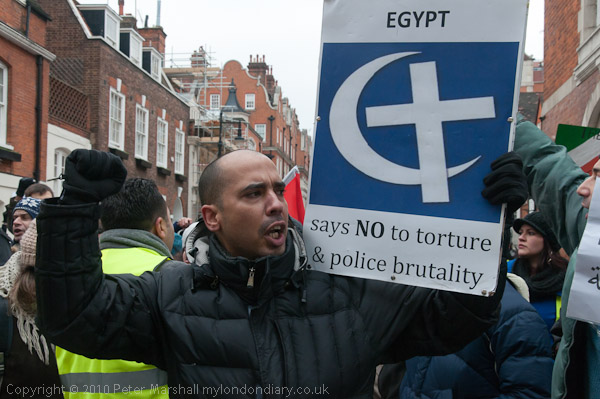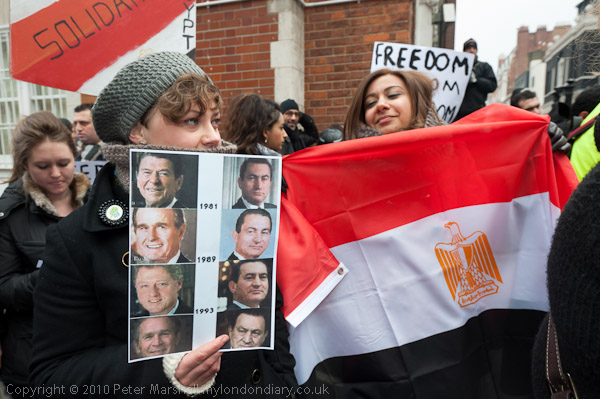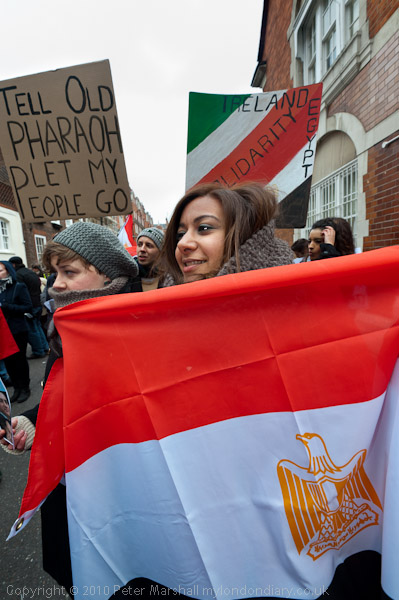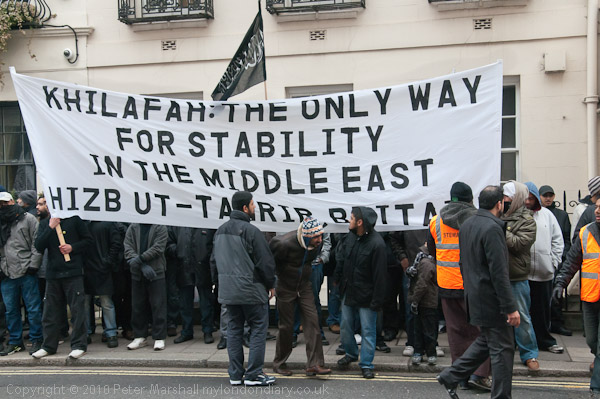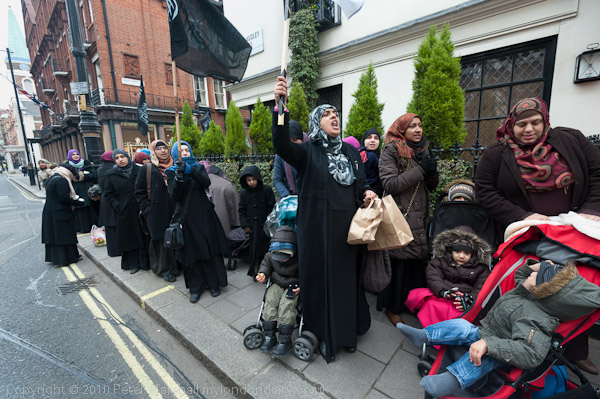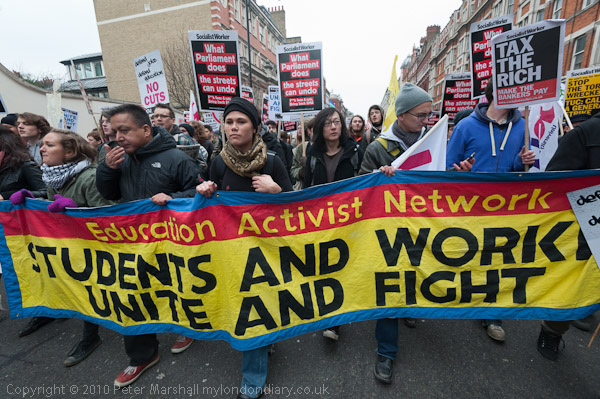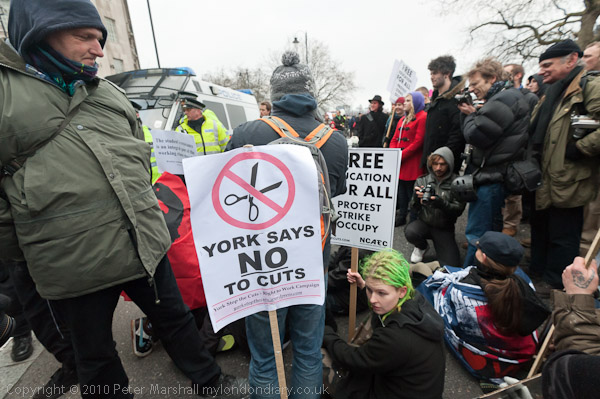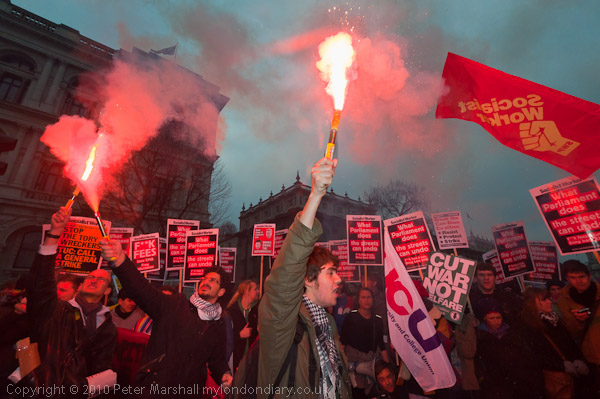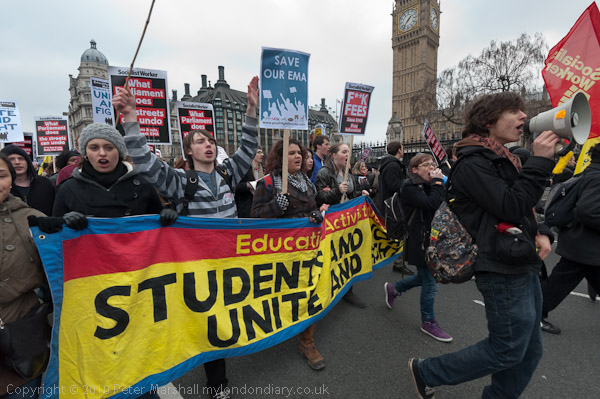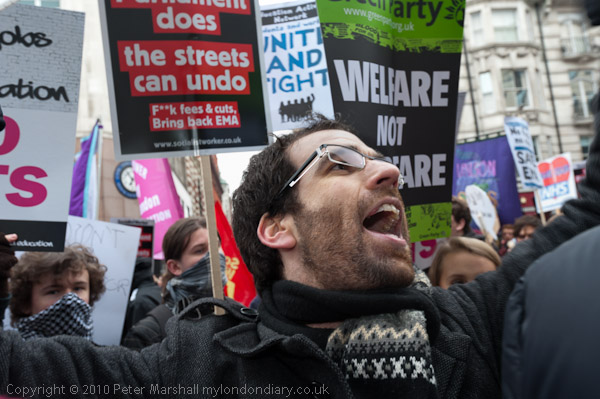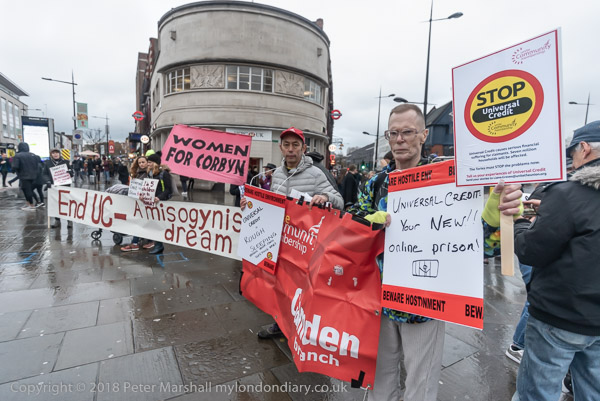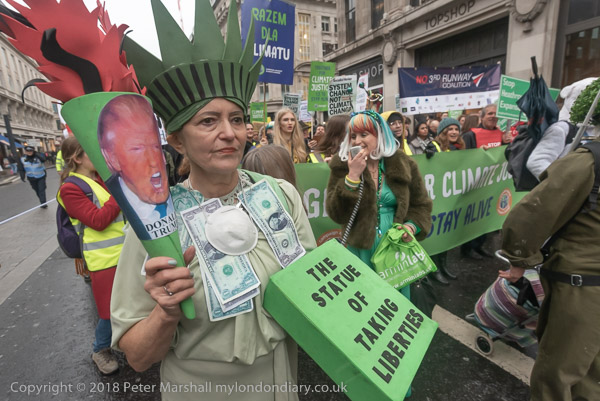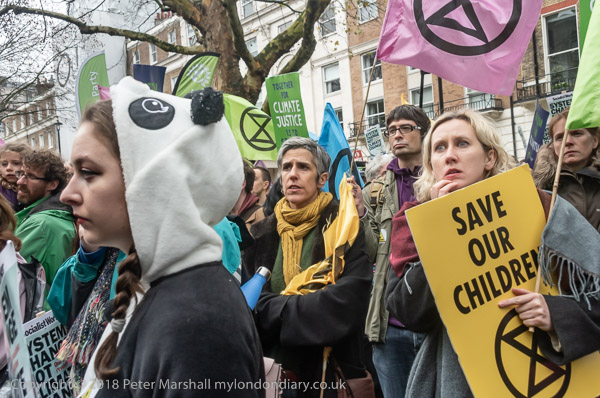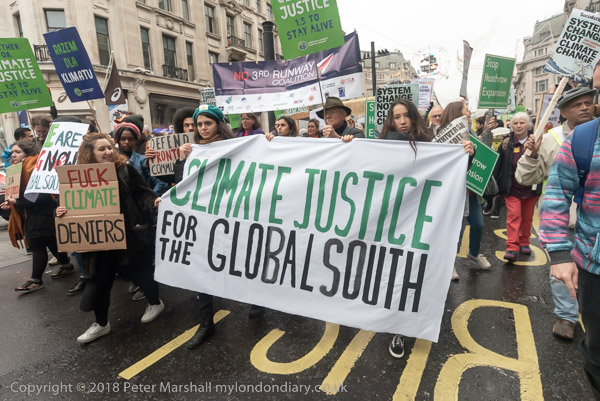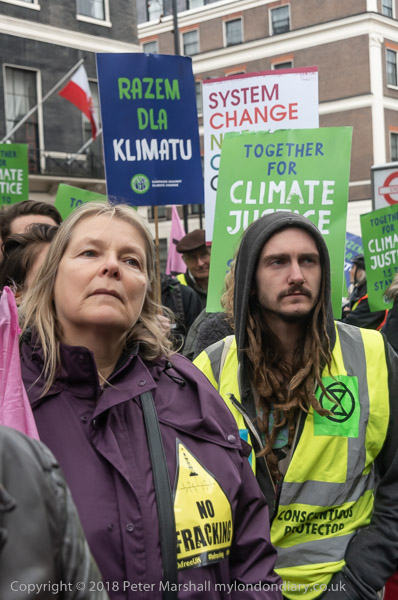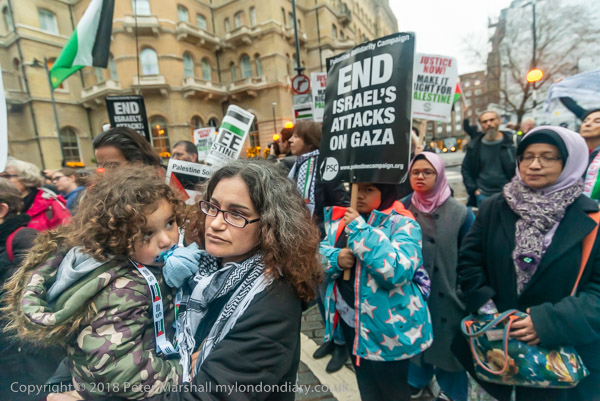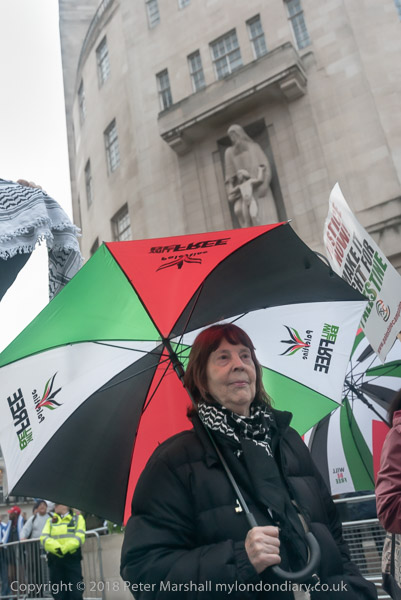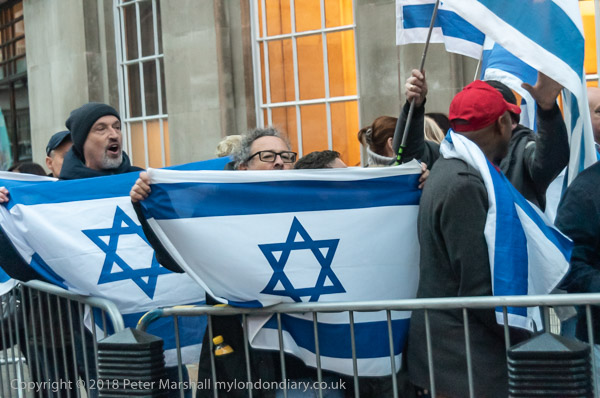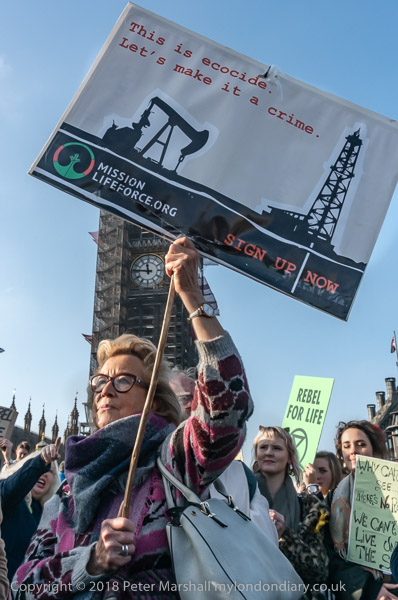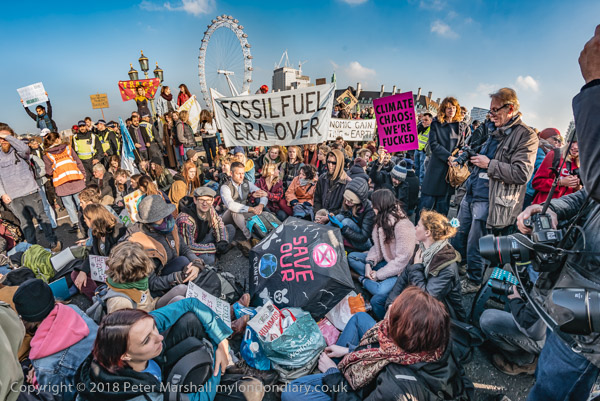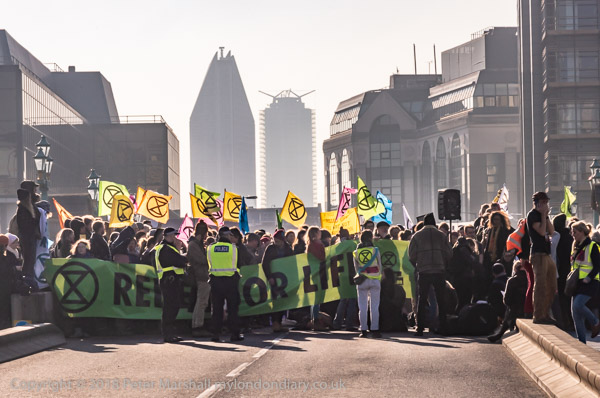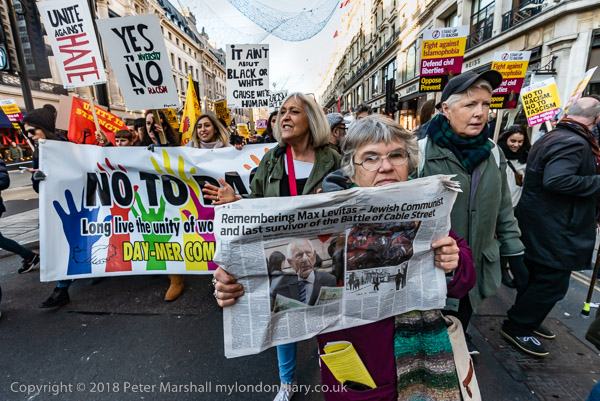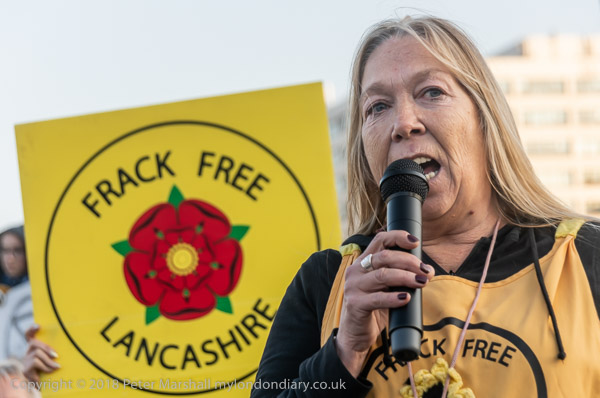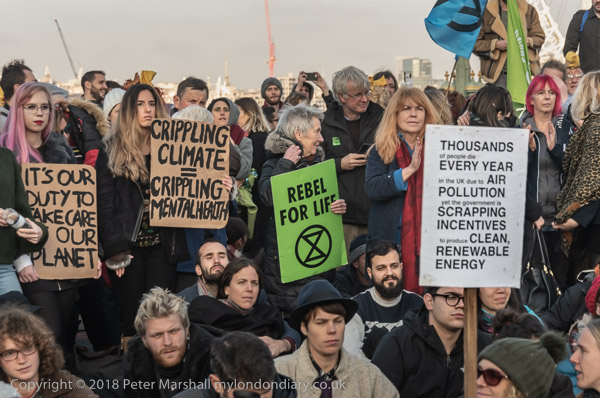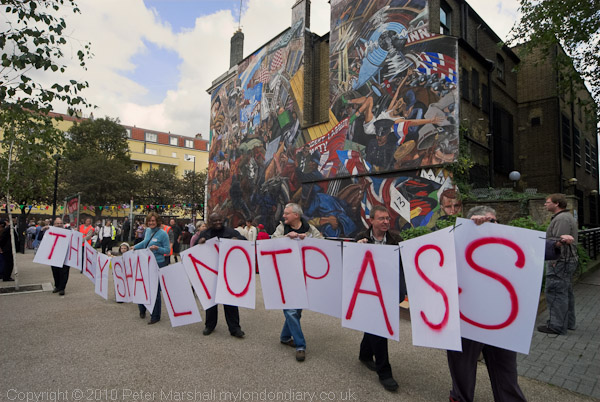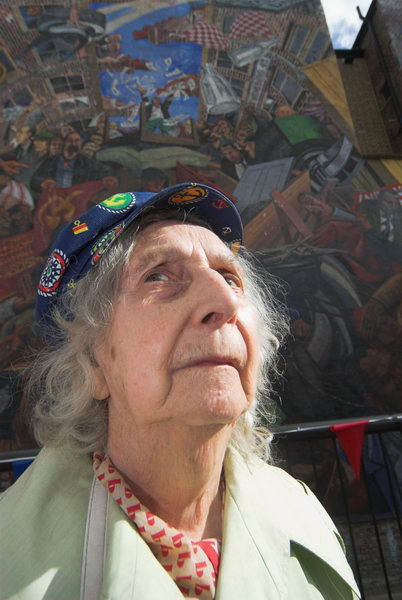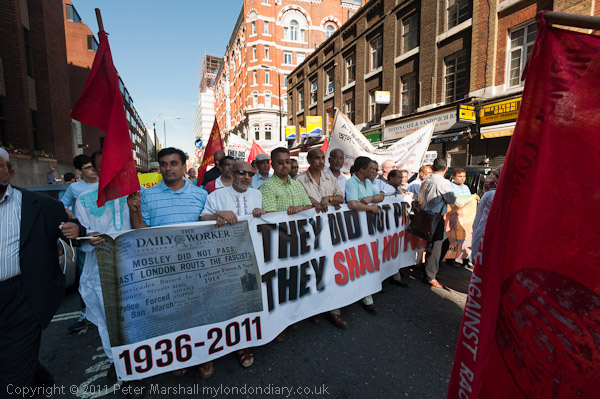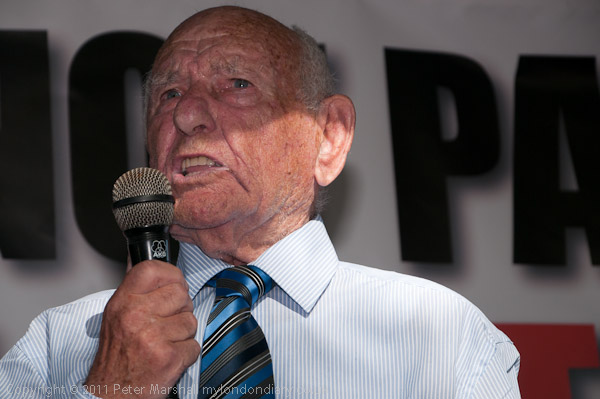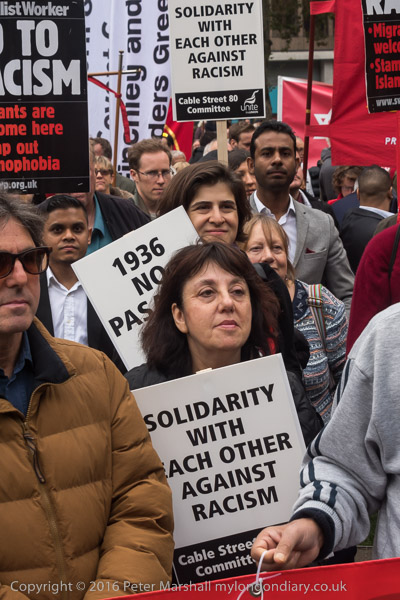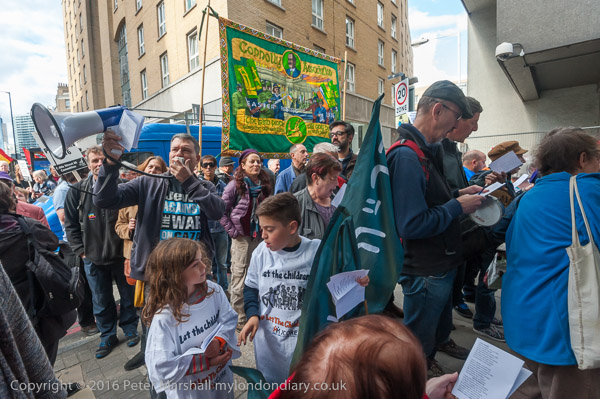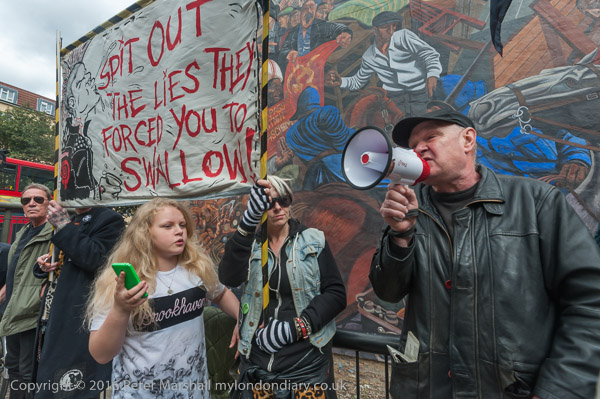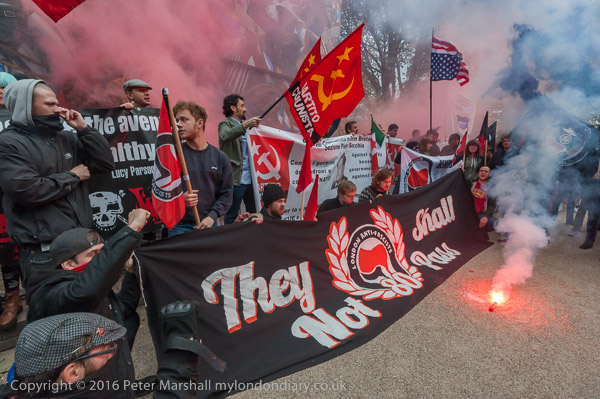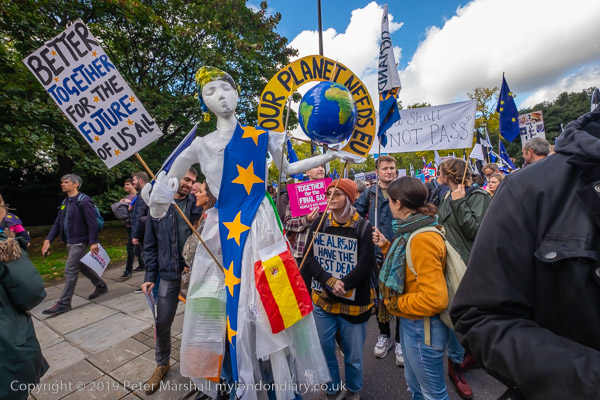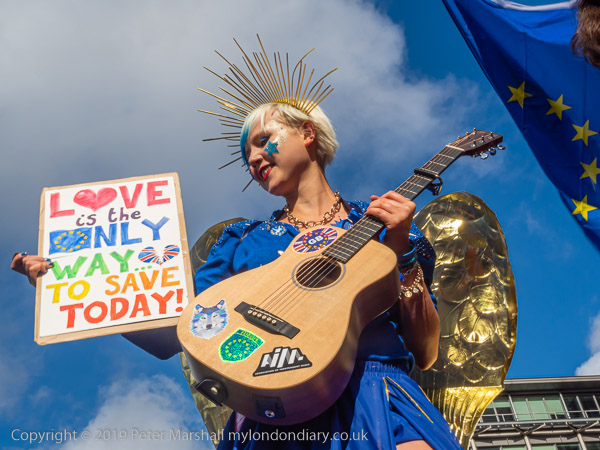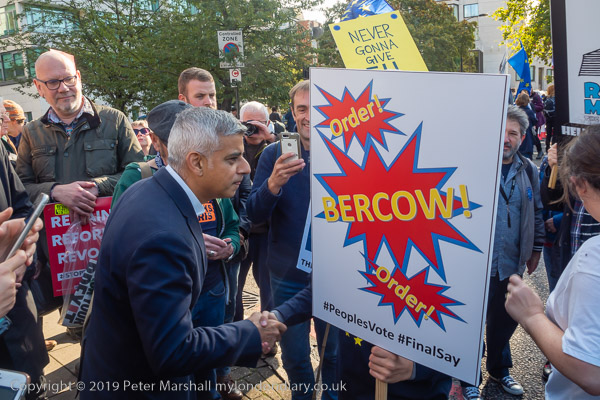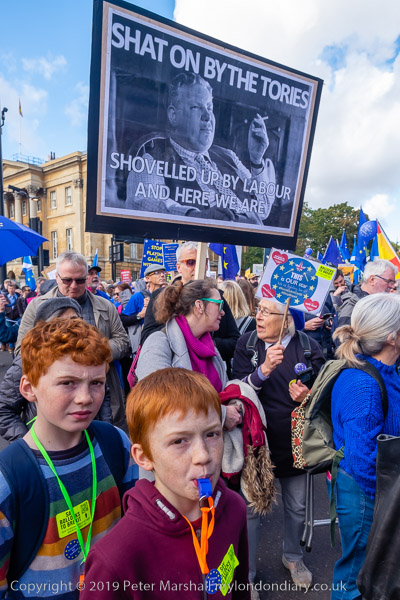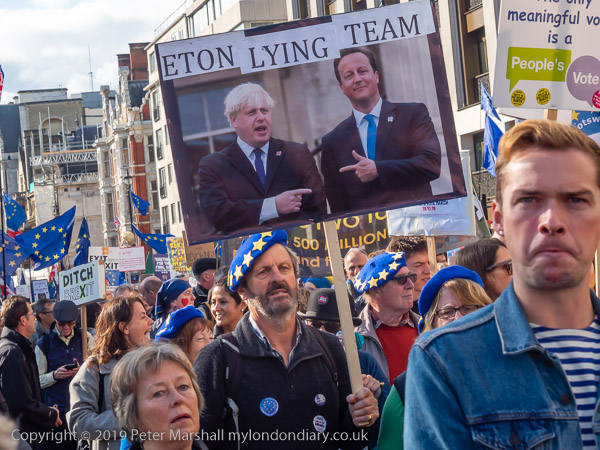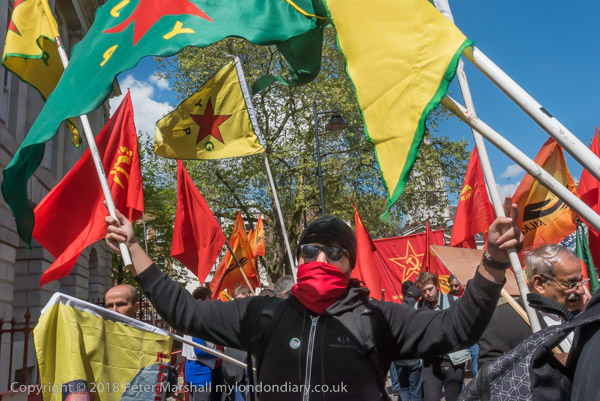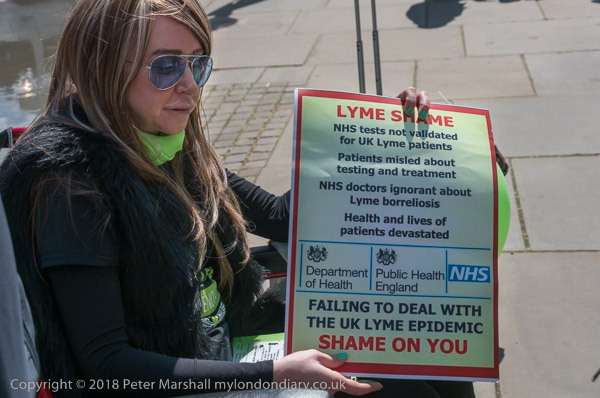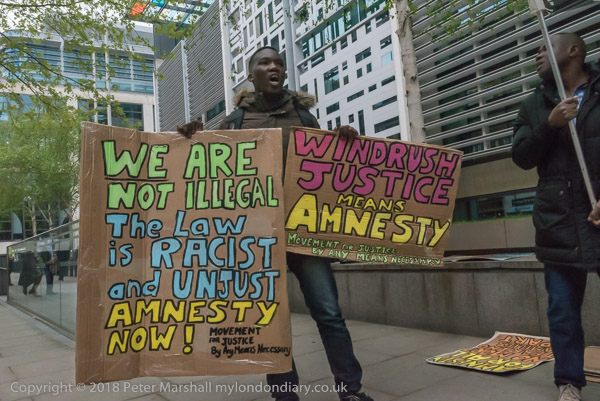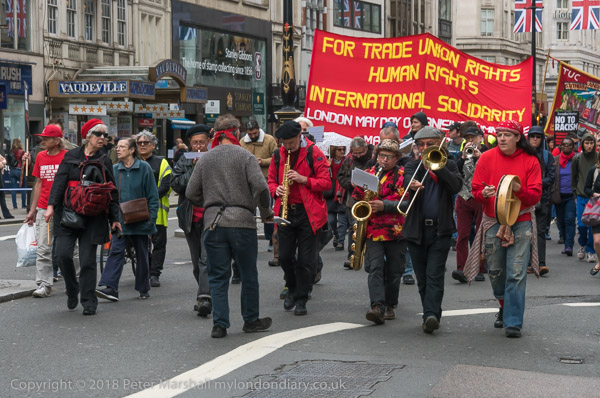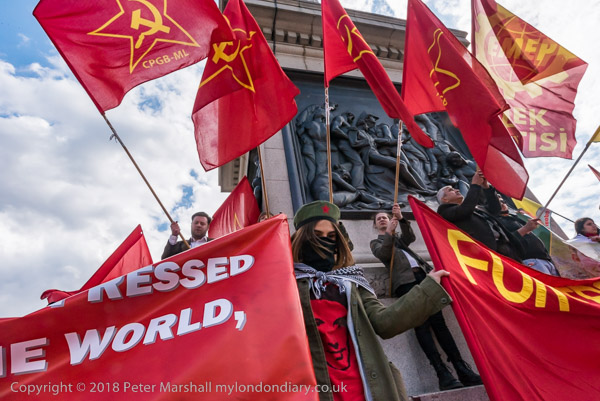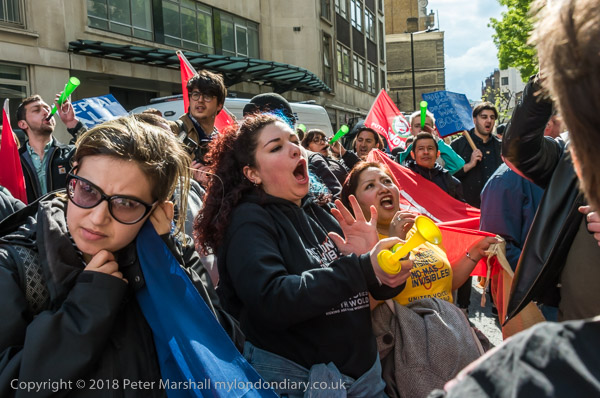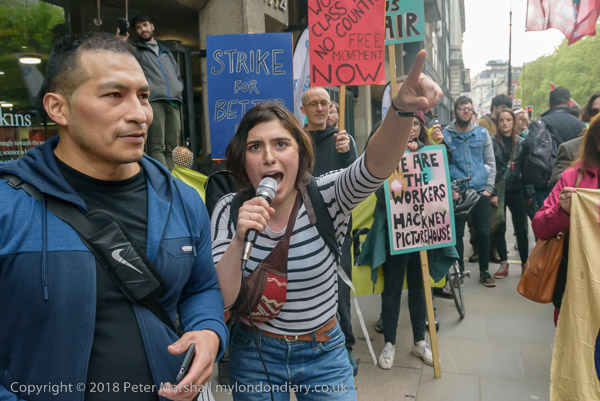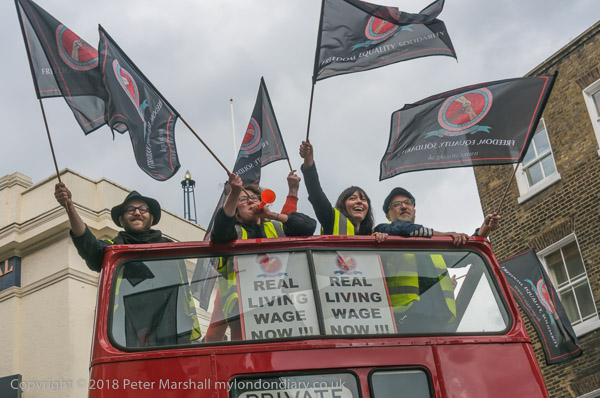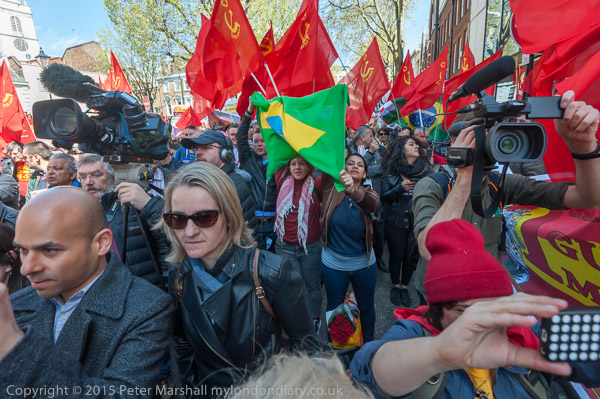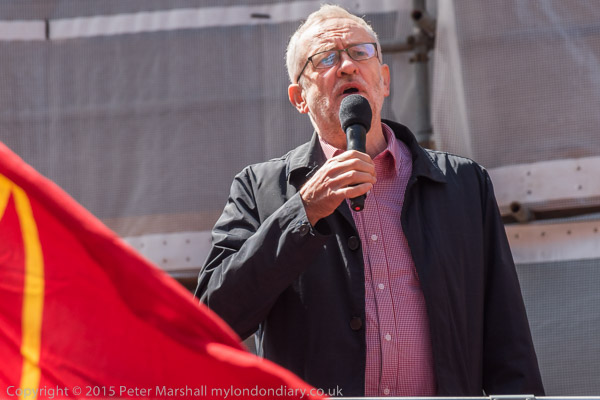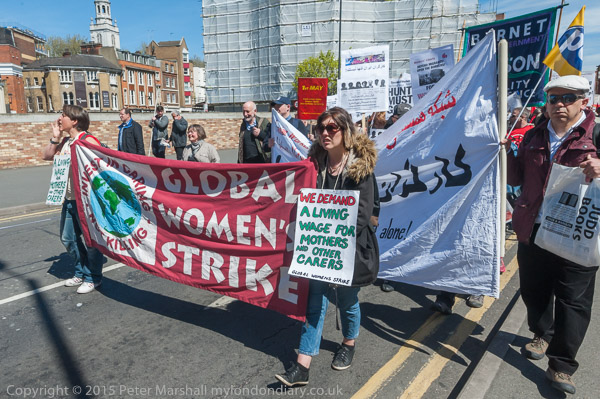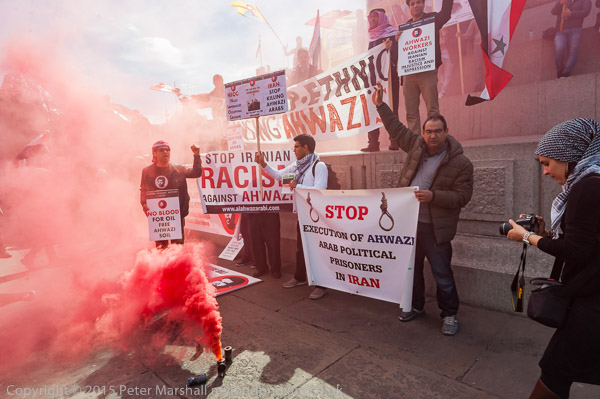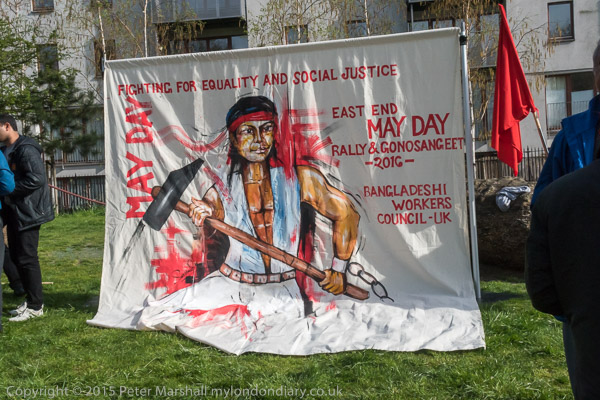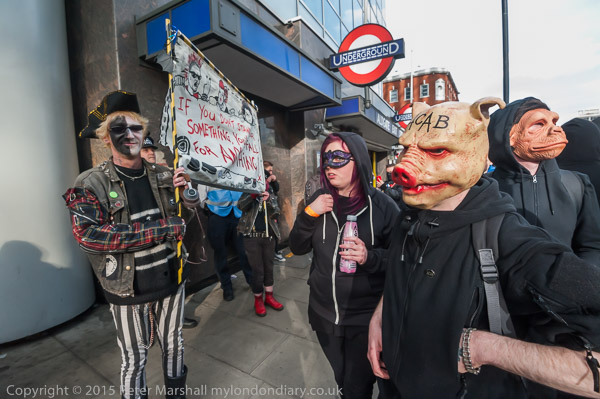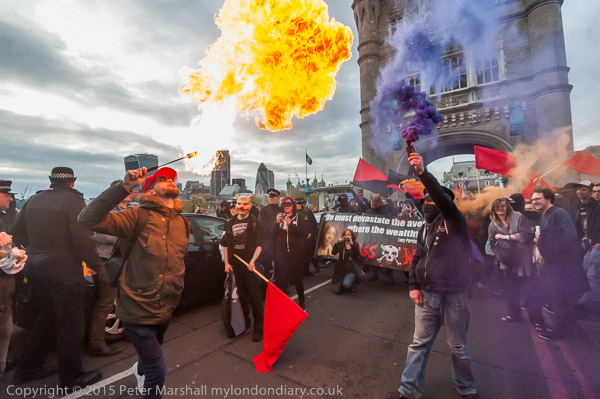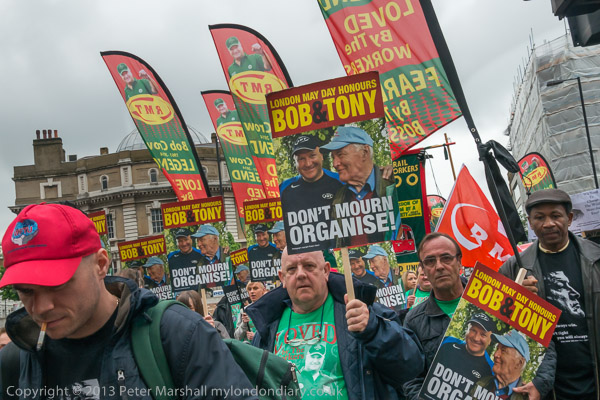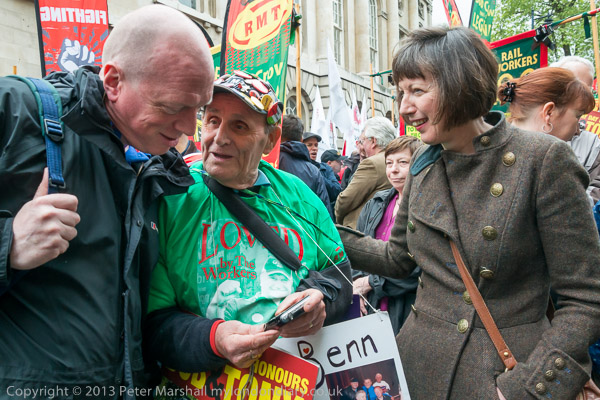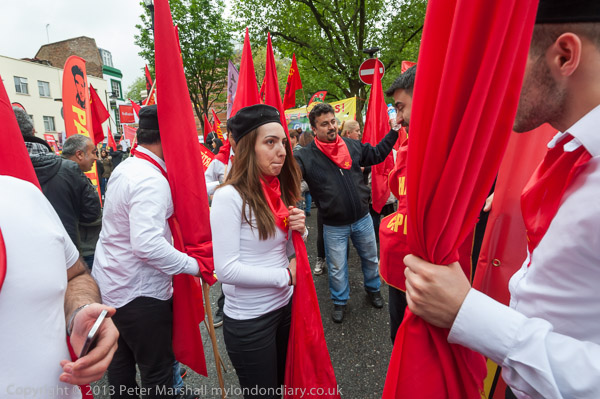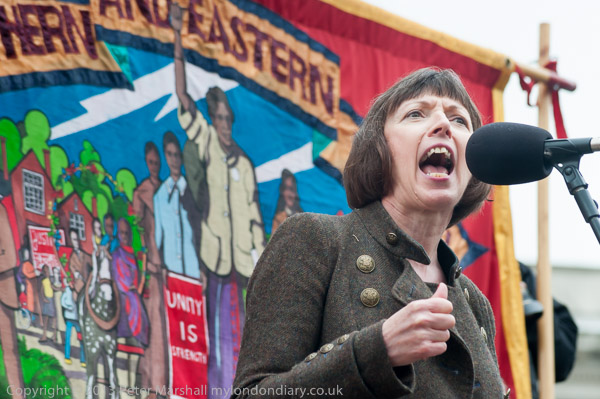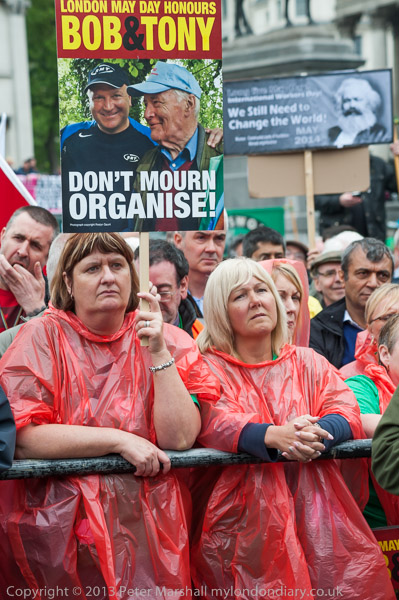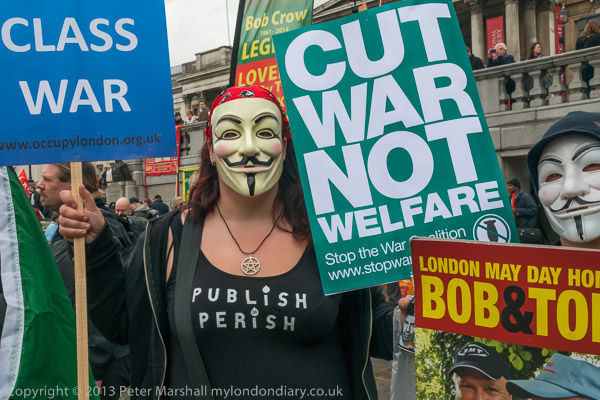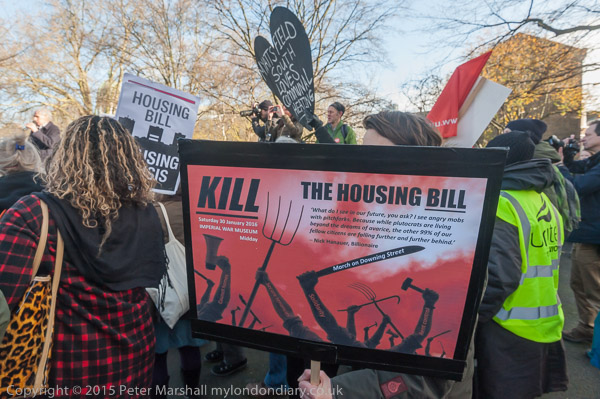
Five years ago, on Saturday 30th January, Lambeth Housing Activists organised a rally and march from the Imperial War Museum to Downing St to protest against the Housing and Planning Bill, which was to have a particularly large impact in London and greatly worsen the already acute housing crisis here.
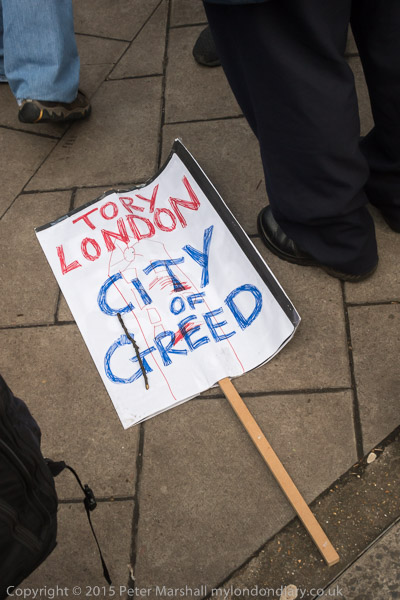
Rather unusually, the activists were joined for the march by some local councillors including Southwark Council Cabinet Member for Housing Richard Livingstone. Southwark, a Labour dominated council, has attracted a great deal of criticism over the demolition of council estates in the borough, including the scandal of the Heygate estate at the Elephant & Castle, and many on the protest were residents of estates currently being demolished – such as the Aylesbury estate – or under threat of demolition. Southwark and other Labour-run councils in London have made huge reductions in council housing through their so-called regeneration of estates, with many former residents being forced to move away from inner London and into much higher rent private or housing association properties, often with very poor security of tenure.
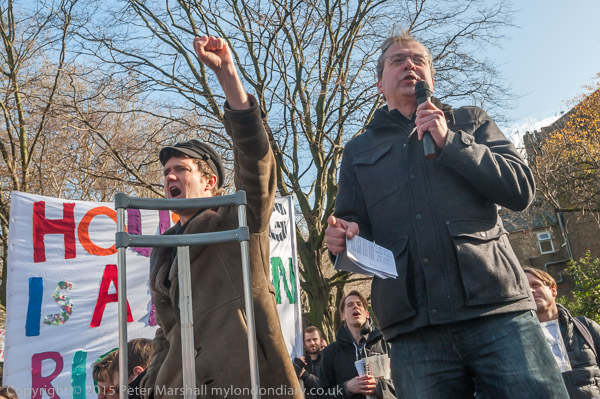
There were a number of speakers at the rally, including the then Green Party Leader Natalie Bennett and housing researchers and activists, who were listened to attentively and warmly applauded, both for their condemnation of the Bill and also of the social cleansing effect of the estate demolitions being carried out by councils. It was hardly surprising that when Richard Livingtone came to the microphone he was greeted by boos and loud heckling and a heated argument with one of the activists.
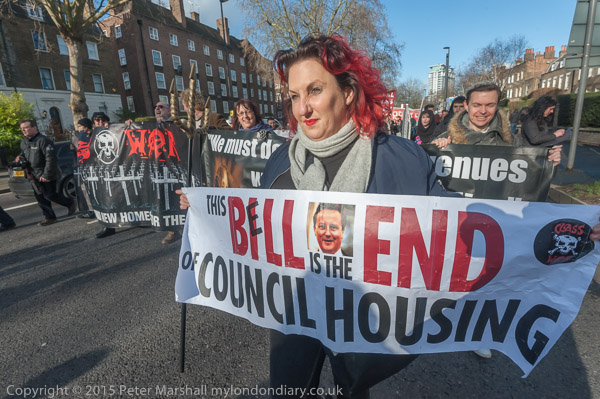
Eventually the rally broke up and the march began, starting by walking through the streets of Lambeth before turning around to make its way through Westminster. Class War and friends decided to liven things up a little, first by dancing along the street singing the ‘Lambeth Walk’ and then by rushing across the pavement towards a branch of of large estate agents and protesting outside it for some minutes before moving on.
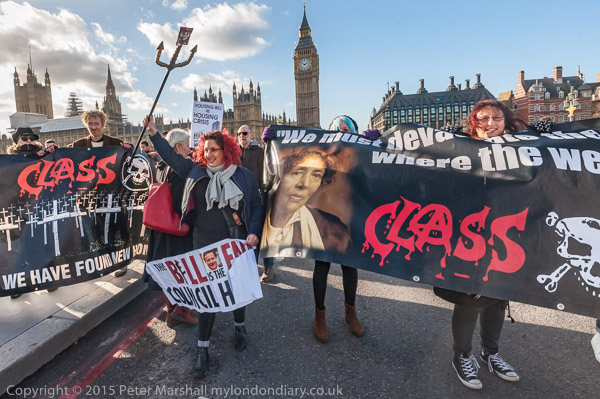
Earlier at the rally Simon Elmer of Architects for Social Housing had given a closely researched and caustic assessment of the role of Labour Councils and housing policies which have been largely dictated by estate agents. Class War had brought a number of more controverisal banners related to housing, among them one with a picture of a military cemetery with its field of crosses stretching into the distance and the message ‘We have found new homes of for the rich’ and the Lucy Parsons banner with its quotation “We must devastate the avenues where the wealthy live”.
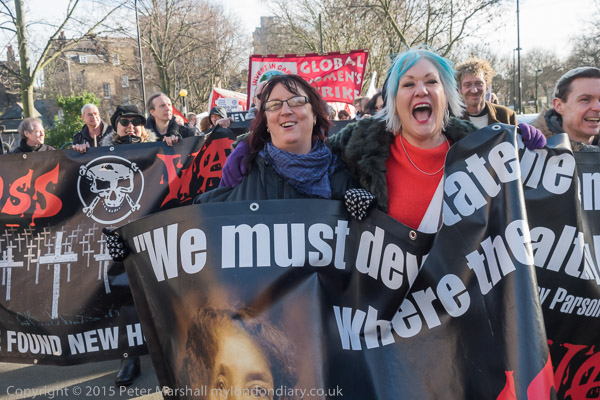
Police had rushed to protect the estate agents, but Class War made no attempt to enter or damage the property, and soon moved off. There was what seemed to be some entirely pointless harassment of protesters by police – including the so-called liaison officers – throughout the march, but I saw no arrests.
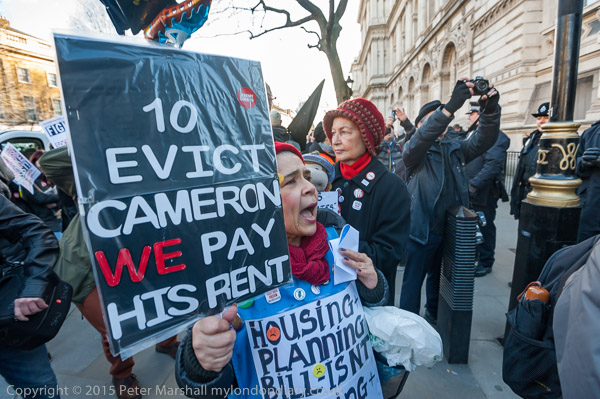
At Downing St police formed a line to lead the marchers to the opposite side of the road, and the activists followed their direction then simply walked across Whitehall behind the police line and posed for pictures in front of the gates and spilling out to block the north-bound carriageway. Police attempted to persuade them to move and eventually people drifted away and I left too.
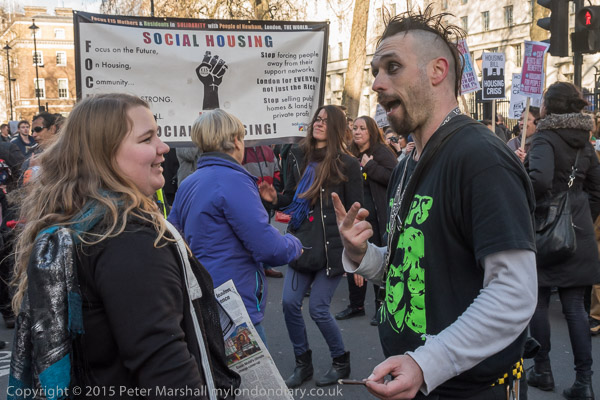
More at Housing and Planning Bill March.
All photographs on this and my other sites, unless otherwise stated, are taken by and copyright of Peter Marshall, and are available for reproduction or can be bought as prints.
